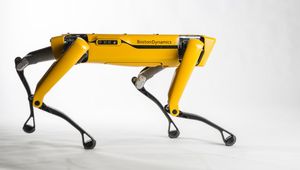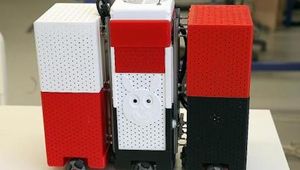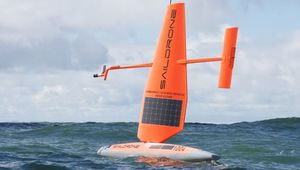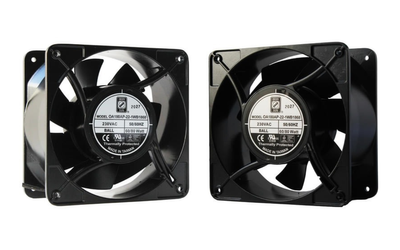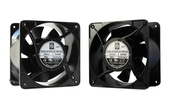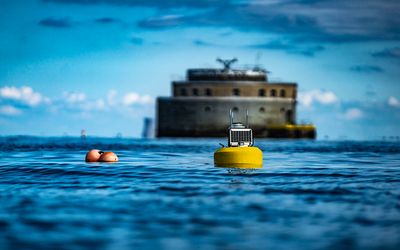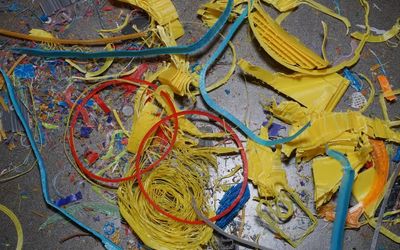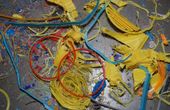3D Printers from E-Waste with Retr3d
An eco-friendly project that converts E-waste to 3D printers.
Technical Specifications
| Purpose | E-Waste Conversion |
| Applications | Research, Education, Localized Manufacturing |
Overview
What is E-Waste?
E-waste refers to all types of electronic devices and gadgets no longer used. For instance, they could be used or broken smartphones, cell phones, computers, laptops, printers, gaming devices, etc. These devices contain valuable metals in their internal circuit boards. For instance, gold, silver, palladium, and copper are inside. A rough estimate suggests over $60 million in gold and silver is contained inside E-waste products annually.
How Retr3d Converts E-Waste to 3D Printers?
Retr3d is an open-source project that allows developers to generate 3D printer designs from an existing inventory of metals and relevant printing materials. It features an automated program that generates a design based on the user input.
The user must enter the available raw materials, metals, and preferred dimensions. Based on the input, Retr3d runs a series of Python scripts to generate a functional design of a 3D printer. The design scripts are free and can be run in FreeCAD once the design is complete. Retr3D creates a folder containing necessary design and STL files. Retr3d also integrates with Plater and Slic3r. These tools automatically arrange the generated files in the new folder.
Low-Cost 3D Printing Could Alleviate Local Manufacturing Industries
Since Retr3d 3D printers are solely based on E-waste, it remarkably reduces their manufacturing cost. As more electronic waste turns into low-cost and efficient 3D printers, it will make access to the latest technology more accessible and more affordable for underdeveloped regions.
As a result, it paves the way for developing low-cost and localized industries in deprived regions, allowing the locals to create their products. Perhaps, it can revolutionize the local industries, creating more jobs, reducing imports, and helping the environment eliminate unwanted waste.
A Project for the Environment
One of the prominent outcomes of the Retr3d project is that it’s eco-friendly and addresses a global problem. As e-waste turns into 3D printers, it contributes to environment-friendly measures such as:
Reduction of landfills
Wastage prevention of precious metals like silver, gold, and copper
Prevention of eco-pollution due to toxic materials.
Open Source Platform that Encourages Growth
Since Retr3d is an open-source platform, it encourages developers to contribute and access the necessary files for converting E-waste to 3D printers. The platform allows users to share ideas and designs, making high-tech products accessible to ordinary people.
The project can contribute to a better employment rate, security, and industrial growth in the long run, especially in underdeveloped regions.
Moreover, as more 3D printers find their way into the market, it will make it easier to access and generate innovative 3D models for research and educational purposes.
